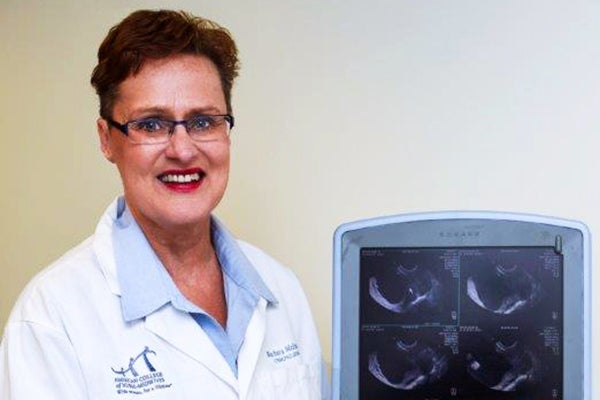20-year Research Project Finds Ultrasounds Can Help Predict Risk of Preterm Births
text of article Heading link

An innovative use of ultrasound technology will allow clinicians to establish risk of preterm birth as early as 23 weeks. Barbara McFarlin, a professor emeritus at the UIC College of Nursing, has been collaborating for more than 20 years with engineering researchers at University of Illinois Urbana-Champaign on a technique that uses quantitative ultrasound to measure microstructural changes in a woman’s cervix. Dr. McFarlin explained that the current method for assessing a woman’s risk of preterm birth is based solely on whether she has previously given birth prematurely. She added that the rate of preterm births is around 10% of all pregnancies in the U.S. and there is no current way of assessing risk in first-time pregnancies. “Today, clinicians wait for signs and symptoms of a preterm birth,” said McFarlin. “Our technique would be helpful in making decisions based on the tissue and not just on symptoms.” This innovative diagnostic received coverage in Crains Chicago Business.